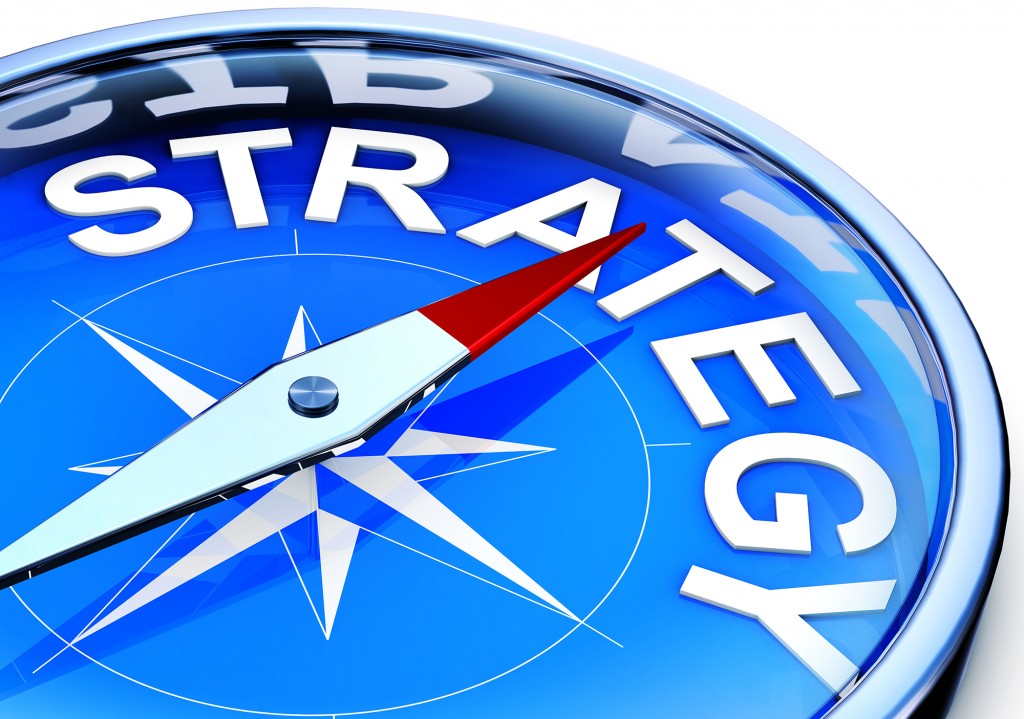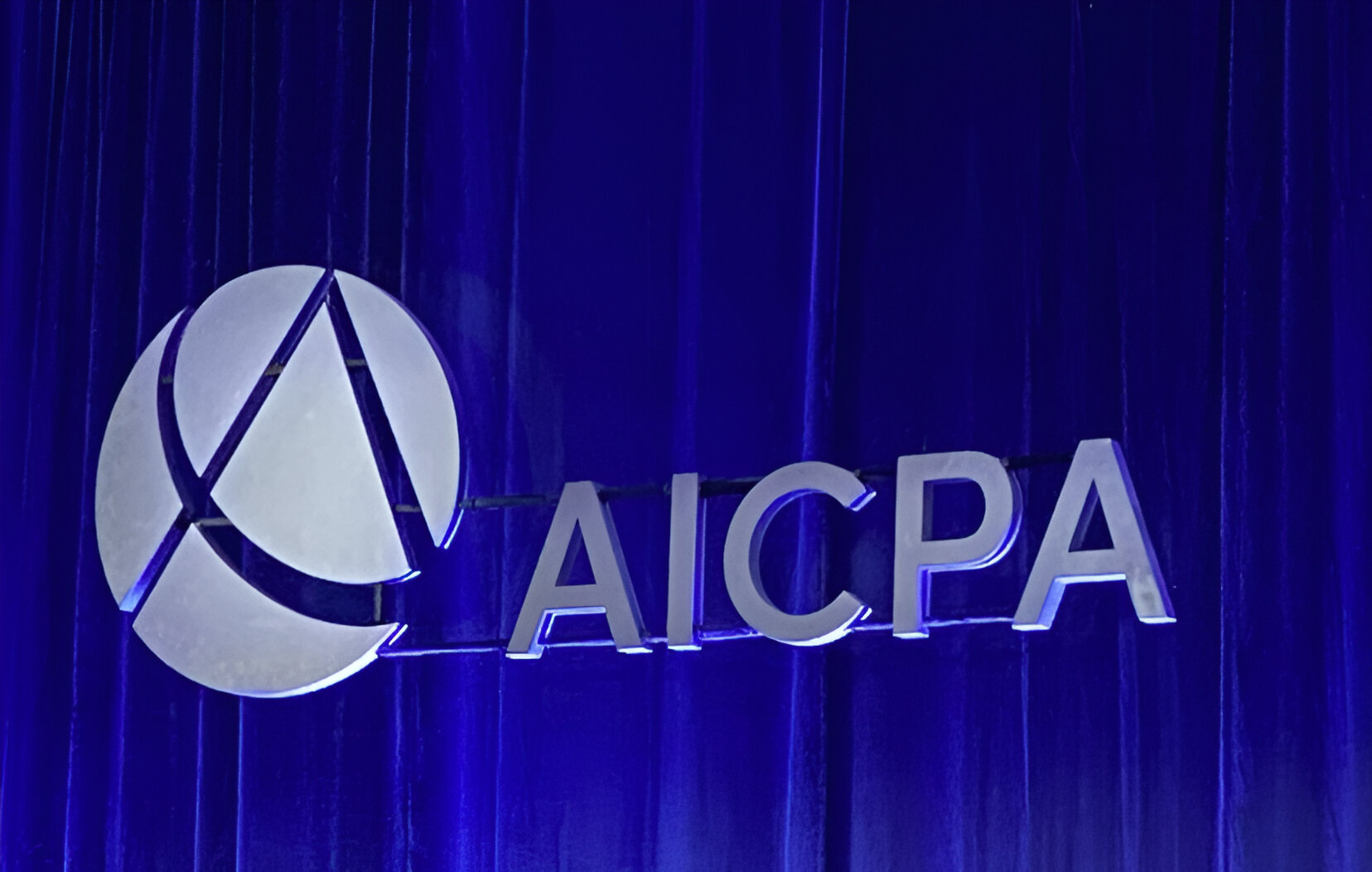Each January, tech pundits for publications across the business spectrum publish a list of predictions for the coming year, and we are no exception. Our annual tech predictions and analyses have been published continuously since 1995, and we’ve been proud both of our abilities in prognostication and the amusement our readers derive from the column.
But this annual list of predictions, no matter how well received, has three problems in terms of useful input for the firm’s management:
- The timing is wrong. By January, the plans have been updated and the budget for the firm is locked in. Knowing what the year will bring in technology is of little value if it is too late to budget for.
- The planning horizon is wrong. At least, it is for strategic planning, which usually has a horizon of five years or better. Most tech prediction columns in January focus on a planning horizon of one year or a bit more, not casting far enough into the future.
- The predictions are primarily hardware and software-based. While this is interesting and challenging, it does tend to overlook trends not tied to a single company’s offering.
To remedy these problems, we have cast about for the top ten technologies that will hold sway in 2015 and into a strategic planning horizon. Here is our list:
- Mobile Computing. We have just scratched the surface of the mobile applications market, and increasingly capable accounting and tax apps are being published almost daily. Look for mobile app companies as clients, and look carefully at new apps as they emerge.
- The Internet of Things (IoT). It will not take too many years before all devices and data sources are connected to one another – from automobiles and appliances to sensors and automated homes.
- Unstructured Databases. Since the beginning of computing devices, data has been stored in relational, hierarchical and sequential databases. Such structured databases retain, and will continue to retain, their value in the organization. At the same time, there in a growing demand for unstructured (also called Non-Sequential or No-SQL) databases that are capable of capturing free-flows of data and organizing them into useful and searchable formats.
- Virtual Firms. The high cost of maintaining a physical office, combined with the preferred life/work balance of the Millennial Generation, have spawned new interest in firms that consist of a network of professionals working from home offices and meeting in person only as necessary. Costs are lower, productivity is higher, and technologies such as Virtual Private Networks, accounting portals and videoconferencing services are expanding to fill any needs as they emerge.
- Artificial Intelligence. Far from the movie portrayals of AI as a something inherently evil, this technology is driving new machines capable of sensing their environment, responding without human intervention and learning. Practical applications already in development include self-driving cars, virtual personal assistants and smarter robots.
- 3-D Printing. The cost of this new generation of printers is falling rapidly to $1,000 or less, enabling the design and printing of all manner of objects, from working handguns to automobile parts and prototypes of machines. Part of the more general category of Additive Manufacturing (AM), 3-Dimensional printers are finding applications in the aerospace, architecture, automotive, defense, and medical replacements industries.
- Wearable Technologies. The emergence of “wearables” in the consumer markets has been sluggish at best, with a slew of fitness devices and watches that seem to have trouble going mainstream. But the same is not true at the enterprise level, where these technologies are gaining a modest foothold in health care, manufacturing, quality control and human resources management.
- Virtual Operating Systems. For the first time since the advent of MS-Dos, computer operating systems will no longer reside on each computer. Instead, cloud technologies will enable a new generation of computers to keep the operating systems – and all of your settings – in a place they can be downloaded when needed. Better security, faster loading and immediate patches and updates. Look for the first of these to debut in 2016.
- Better Security. Cyber-warfare, hackers and identity theft have become the norm rather than the exception. It has become obvious that the old regime of after-the-fact virus detections is not fast enough to prevent problems, so the next generation of security systems will focus on making the traditional entry-points of email, web sites and applications more secure in the cloud.
- The Internet of Me. As anytime, anywhere computing intersects with social media as a business and enterprise environment, the Internet becomes at the same time more personal and more in need of structure. These two trends will continue, signaling the end of unregulated blogging, emotional outbursts on social media, and opportunities to “troll” competitors and advocates.
Reality Check
A compendium of ideas, products, rants and raves from the viewpoint of the author. Note that the author has no financial interests in any of the products mentioned. Feel free to disagree, or to share your ideas by sending them to davemcclure@cpata.com.
Internet Site of the Month. Windows 10 Free copy (http://www.microsoft.com/en-us/windows/windows-10-faq?ocid=win10_auxapp_LearnMore_win10faq). If you have not already signed up to upgrade to Windows 10, now is the time to do so. This link will you the basics…
[Thumbs Up] – Antique Electronic Supply (https://www.tubesandmore.com/). Unveiled at the Consumer Electronics Show in 2015, this slick little HDMI device plugs into your monitor, turning it into a full-fledged computing device that can handle most basic chores such as editing documents, cruising the Internet or accessing portals. It features a quad-core Intel® Atom™ processor and a choice of operating systems: Windows 8.1 Ubuntu 14.04 LTS.
The Windows version provides 2 GB memory, 32 GB of on-board storage, Bluetooth/wifi/USB port capabilities for attachment of keyboards and pointing devices. And a micro SD card slot for additional storage. Retails for $150, but can be had at Walmart for $120 and Newegg for just over $100.
[Thumbs Down] – Windows 10 Release. Waiting to get your copy of the new Windows 10 operating system on July 29? May not happen. Microsoft has announced it will “conduct a slow roll-out” of the operating system that will start with its legion of beta testers, then trickle down to everyone else. How slow? Microsoft isn’t saying.
[Thumbs Sideways] – Kickstarter (https://www.kickstarter.com). You’ve likely heard of Kickstarter, a Crowdfunding solution for everything from comics and technology to music and theater productions. But if you haven’t take the time to browse the site, it can be an amusing experience. I can’t recommend investing in any of these – that’s a job for a qualified financial advisor. But most of the products give a small something in return for a small investment.
[Thumbs Down] – Apple Watch (http://www.apple.com/watch/?cid=wwa-us-kwg-watch-com. I’ve mentioned this before, but as Apple now refuses to release sales data on their new watch product, it is increasingly obvious that the emperor isn’t wearing any clothes. Every great company stumbles now and then, and this will almost certainly be a stumble for Apple.
[Thumbs Up] – The Ultimate Geek Gift Guide (http://www.dudeiwantthat.com). A quirky and somewhat expensive collection of gifts and novelties for the geeks of every age. Worth reading as you compile your Holiday gift list.
Thanks for reading CPA Practice Advisor!
Subscribe Already registered? Log In
Need more information? Read the FAQs





